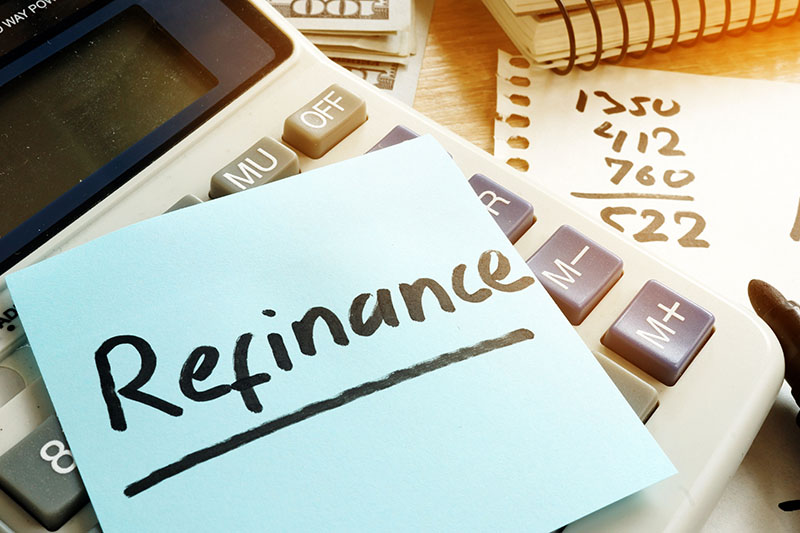Analyzing The Difference Between Old And New SBA 504 Debt Refinance Program
The SBA’s 504 Debt Refinancing Program is a boon for any small business owners who need to lower their monthly debt payments and access the equity in their real estate holdings. Under this program, available through 504 Capital Corporation, an SBA 504 loan provider in Virginia, North Carolina, and Maryland, you can apply for below-market, fixed interest rate refinancing with repayment terms up to 25 years for up to 90% of the appraised value of commercial real estate property.
Recently, revisions to the program were published in the Federal Register as an Interim Final Rule. These updated regulations significantly expand the scope of 504 loan debt refinancing programs to help small businesses with both recovery and growth. 504 debt refinancing offers two authorized options. First, if the project involves the expansion of the small business, any amount of existing indebtedness that does not exceed 50% of the project cost of the expansion may be refinanced and added to the project's total cost. Second, debt refinancing is also available for projects that do not involve expansion. The majority of the new revisions apply to this situation.
For 504 debt refinancing with expansion –
- The amount of the existing indebtedness that may be refinanced has increased from no more than 50% to no more than 100% of the project costs of the expansion.
- All applicants must be up to date on any payments due in the 12 months preceding the SBA application date.
For 504 debt refinancing without expansion, the following updates apply –
- Eliminates the condition that refinancing is only an option when the 504 loan is at zero subsidy.
- Eliminates the cap that restricts Certified Development Companies (CDCs) from processing new refinance loans over 50% of the prior year dollar volume.
- Allows Premier Certified Lenders Program (PCLP) CDCs to use their delegated authority to approve 504 debt refinance without expansion applications. This is not an option if:
- the debt being refinanced is part of the CDC’s existing debt.
- the CDC is requesting a waiver of the requirement that 504 eligible fixed assets collateralizing any debt to be refinanced also collateralize the 504 loan
- Reinstates an alternate job retention standard. This means that now, all existing jobs measured on a full-time equivalent (FTE) basis can be counted as jobs retained by the refinancing project.
- Qualified debt has now been reduced from 2 years to at least 6 months before the SBA application date may be eligible for refinancing.
- Removes language allowing a loan to be eligible for 504 debt refinancing if that original loan had already been refinanced within 2 years of application date.
- 504 loans can now be used to refinance existing federally guaranteed loans, including existing 7(a) and 504 loans. However, the refinancing of any federally-guaranteed debt must provide a “substantial benefit” to the borrower, i.e., a minimum 10% savings on the new installment amount attributable to the debt being refinanced. This definition also applies to the 504 debt refinance with expansion program.
- Eliminates the requirement that the borrower must be current on all payments due for not less than 1 year before the SBA application date.



Comments
Post a Comment